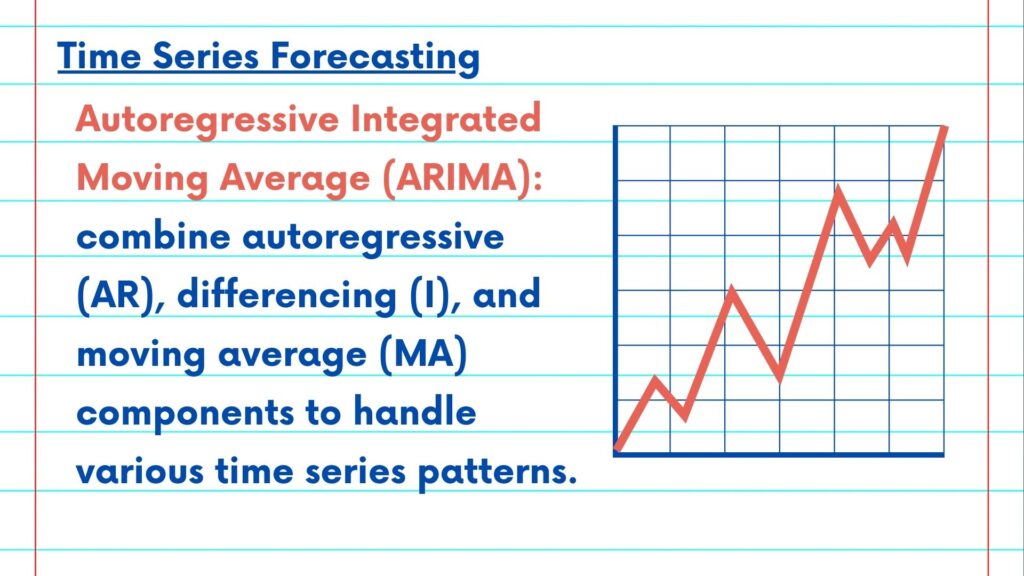This NSDC Data Science Flashcards series will teach you about time series analysis, including data preprocessing, decomposition, plots, and forecasting. This installment of the NSDC Data Science Flashcards series was created by Varalika Mahajan. Recordings were done by Aditya Raj. You can find these videos on the NEBDHub Youtube channel.
In this video, we’ll explore different techniques to predict future values in a time series.
Let’s start with a simple approach – Moving Averages. This method calculates the average of past observations to predict future values. It’s useful for smoothing out noise and identifying trends.
Exponential Smoothing takes the moving average concept further by assigning different weights to past observations. This allows the model to adapt to changing trends and seasonality.

Autoregressive Integrated Moving Average (ARIMA) models are a powerful tool for time series forecasting. They combine autoregressive (AR), differencing (I), and moving average (MA) components to handle various time series patterns.

Seasonal Decomposition of Time Series (STL) is a method that decomposes the time series into its components, making it easier to model and forecast each part separately.

Machine Learning models, such as Support Vector Machines (SVMs), Random Forests, and Neural Networks, can be applied to time series data for forecasting. They can capture complex patterns and relationships.
Prophet is a specialized forecasting tool developed by Facebook. It’s designed to handle time series data with strong seasonality and holidays.

When using these forecasting methods, it’s crucial to evaluate their performance using metrics like Mean Absolute Error (MAE), Mean Squared Error (MSE), and Root Mean Squared Error (RMSE).
Hyperparameter tuning and cross-validation are essential steps to ensure your forecasting model is robust and accurate.
Time Series Forecasting Methods empower you to make informed decisions, plan for the future, and respond proactively to changing trends in your data. They are invaluable tools in various domains, from finance to supply chain management.

Please follow along with the rest of the NSDC Data Science Flashcard series to learn more about time series analysis.
